Tundra Biome Worksheet
The Tundra Biome Worksheet provides an engaging and educational way for students to learn about this unique ecosystem. This worksheet covers various topics related to the Tundra, including its location, climate, biodiversity, and the adaptations of plants and animals that call it home. Designed for middle school students or anyone interested in learning more about the Tundra, this worksheet offers a comprehensive overview of this fascinating ecological region.
Table of Images 👆
More Other Worksheets
Kindergarten Worksheet My RoomSpanish Verb Worksheets
Cooking Vocabulary Worksheet
DNA Code Worksheet
Meiosis Worksheet Answer Key
Art Handouts and Worksheets
7 Elements of Art Worksheets
All Amendment Worksheet
Symmetry Art Worksheets
Daily Meal Planning Worksheet
What is the tundra biome?
The tundra biome is a cold, treeless ecosystem found at high latitudes, such as in the Arctic Circle and on high mountaintops. It has a short growing season and consists mostly of low-growing vegetation like mosses, lichens, and shrubs. The soil is permanently frozen, known as permafrost, which limits the growth of plant roots. The tundra biome is home to animals adapted to the harsh conditions, such as reindeer, Arctic foxes, and polar bears.
Where are tundra biomes typically found?
Tundra biomes are typically found in high latitudes near the Arctic Circle in the Northern Hemisphere, mainly in regions of Alaska, northern Canada, Russia, Scandinavia, and parts of Greenland.
What is the average temperature in the tundra biome?
The average temperature in the tundra biome typically ranges between -30°C to 10°C (-22°F to 50°F), with the region experiencing long, cold winters and short, cool summers characterized by permafrost and limited vegetation due to the extreme conditions.
What are the main types of vegetation found in the tundra?
The main types of vegetation found in the tundra are mosses, lichens, grasses, sedges, and shrubs. These plants have adaptations to survive in the cold, harsh conditions of the tundra, such as shallow roots, low growth forms, and the ability to photosynthesize at low temperatures. The tundra vegetation plays a crucial role in maintaining the fragile ecosystem of the region by stabilizing the soil, providing habitats for wildlife, and regulating the climate.
How do plants adapt to survive in the harsh tundra conditions?
Plants in the tundra have adapted in several ways to survive harsh conditions, such as short growing seasons, low temperatures, and strong winds. These adaptations include growing low to the ground to minimize exposure to harsh weather conditions, having shallow root systems to take advantage of the thin layer of soil, and developing small, thick leaves or needles to retain moisture and reduce water loss. Additionally, some tundra plants can go dormant during the long winter months and quickly resume growth once conditions improve.
What are some common animal species found in the tundra biome?
Some common animal species found in the tundra biome include Arctic foxes, caribou, muskoxen, reindeer, lemmings, snowy owls, ptarmigans, arctic hares, polar bears, and various species of migratory birds. These animals have adapted to survive in the harsh and cold conditions of the tundra biome.
How do animals adapt to the extreme cold of the tundra?
Animals in the tundra adapt to extreme cold temperatures by developing thick fur or feathers to insulate their bodies, reducing heat loss. They may also have a layer of fat for energy storage and additional insulation. Some animals have smaller extremities to minimize heat loss, while others hibernate or migrate to warmer areas during winter. Additionally, they may have specialized behaviors such as forming groups for warmth or burrowing into the snow for shelter. Ultimately, these adaptations help animals survive and thrive in the harsh conditions of the tundra.
What are some of the unique environmental features of the tundra biome?
The tundra biome is characterized by unique environmental features such as very cold temperatures, permafrost (permanently frozen soil), low precipitation levels, and a short growing season. These conditions result in a landscape dominated by low-lying vegetation, including mosses, lichens, and dwarf shrubs. The tundra is also known for its vast expanses of barren, treeless plains and the presence of unique animals adapted to survive in this harsh environment, such as caribou, Arctic foxes, and musk oxen.
What are the major threats to the tundra biome?
The major threats to the tundra biome include climate change, which is causing rising temperatures and melting permafrost, leading to altered habitats and loss of species; oil and gas development, leading to habitat destruction and pollution; overgrazing by herbivores, which can degrade vegetation; and human activities such as mining and tourism, which can disrupt the fragile ecosystem. These threats are putting pressure on the tundra biome and its unique flora and fauna.
What are the conservation efforts in place to protect the tundra biome?
Conservation efforts in place to protect the tundra biome include creating protected areas, such as national parks and reserves, implementing sustainable land management practices to reduce habitat destruction and fragmentation, monitoring and regulating human activities like mining and oil drilling to minimize their impact on the ecosystem, conducting research to better understand the effects of climate change on the tundra, and working with indigenous communities to incorporate traditional knowledge and practices into conservation strategies for long-term protection of this fragile biome.
Have something to share?
Who is Worksheeto?
At Worksheeto, we are committed to delivering an extensive and varied portfolio of superior quality worksheets, designed to address the educational demands of students, educators, and parents.





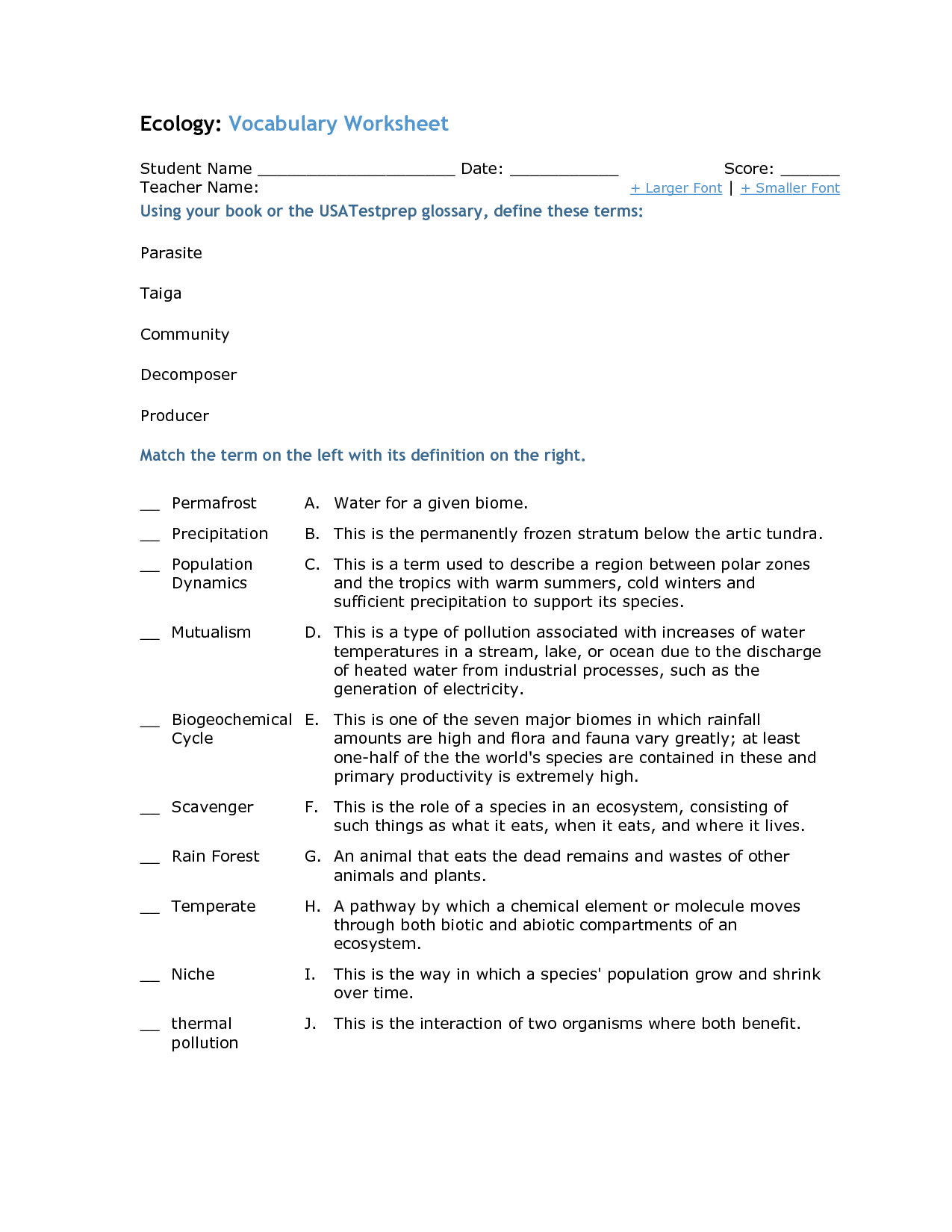

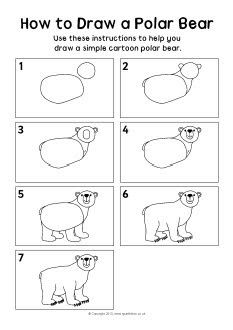
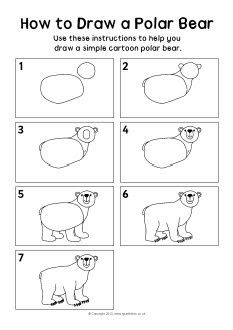
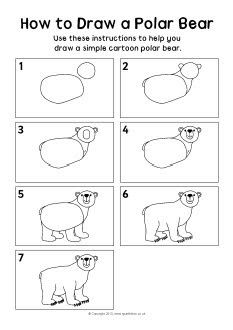
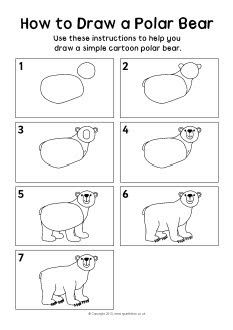
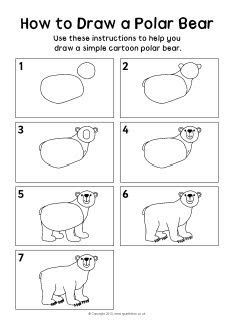
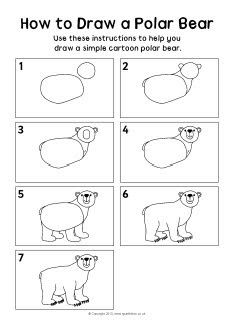
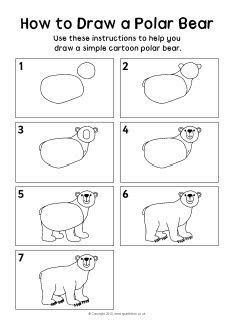
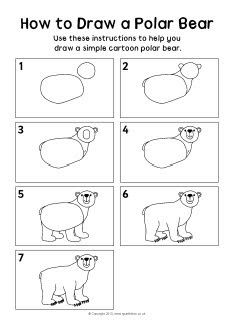
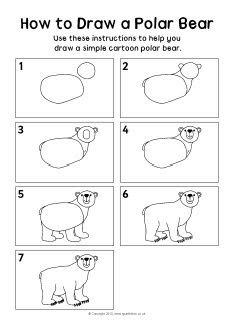
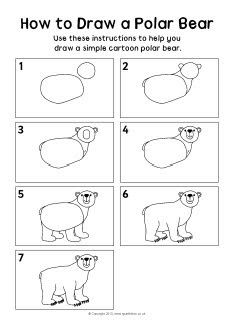
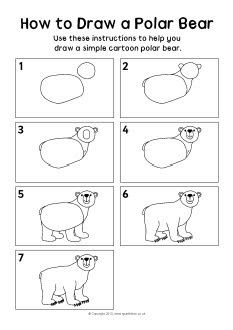














Comments